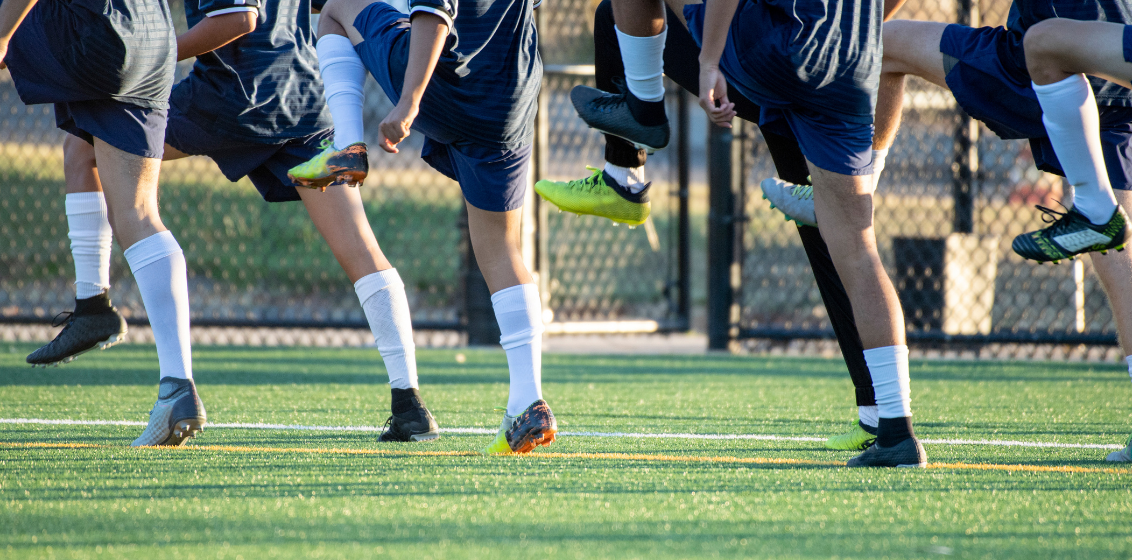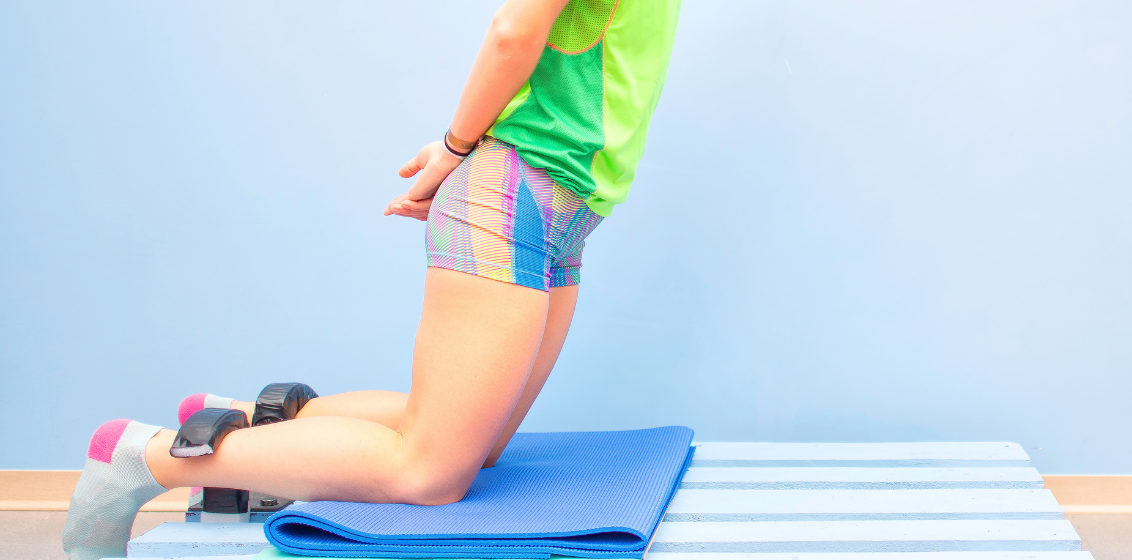Injury Prevention: Is it Possible?

Sports Injuries are a massive cost to professional sports teams, costing many millions of dollars in lost player-games in big sporting leagues across the world. But they also cause meaningful frustration for weekend warriors and masters athletes who miss races or sit out months of their soccer and netball seasons due to annoying or returning injuries. Can these injuries be prevented?
The answer is yes according to the science. Let’s have a nerdy look at a few different injuries.
Hamstring Muscle Injuries
Researchers from the School of Physio at Sydney Uni performed a systematic review and meta-analysis in 2016. That’s science jargon meaning they pooled data from 5 high quality research projects who looked at 4,500 soccer players over 315,000 hours of soccer. They found that training programs including a specific exercise (Nordic Hamstring Exercise) reduced hamstring injury rates by 51%. This finding (51%) was reproduced in another systematic review of 8,500 athletes playing Rugby, AFL, Baseball and Soccer, including female, youth, professional and amateur athletes. Interestingly there was wide variation in the dose of Nordics prescribed and the effect was the same on injury prevention. Take home: just do them, the science is rock solid. If you sprint or kick, your team should be doing them. There’s a catch surely? Yes, they are hard and if you don’t gradually build into them you will be extremely sore 2 days later. If you’d like us to come and show your team how to get started feel free to get in touch and we’ll run you through our graduated Nordic Hamstring program.
Groin Muscle Strains
Groin strains in the adductor muscles are most common in kicking athletes, especially in sports like soccer, AFL and kicking positions in Rugby League. They are responsible for a high number of games lost and can be frustrating to rehabilitate back to full fitness.
Once again, the Scandinavians came to the rescue, with the Copenhagen adductor exercise. A simple program that can be done with a partner at team training or a chair or bench at home or the gym, the Copenhagen program trains eccentric strength and has been shown to reduce groin injury risk by up to 41%.
Anterior Cruciate Ligament Injuries
Systematic reviews also show that ACL injury rates can be reduced by up to 53% when an injury prevention program is used. A wide variety of effective programs were identified, but the common exercises across the board were plyometric, strengthening and agility exercises focusing on good landing technique. Sports specific programs like FIFA11+ (soccer) and Netball Australia’s KNEE program are both good examples of this sort of injury prevention program that have been around for a while for specific sports, and the Santa Monica knee program is one we use for late-stage ACL rehab training before return to sport testing. Once again, we use these programs in our own sporting teams and can introduce them to your teams or clubs at training.
Stretching. Yes or No?
Another systematic review looked at the makeup of injury prevention programs. They pooled data from 25 studies, 26,000 people and almost 3,500 injuries. They found injury prevention exercise programs worked, reducing injury by 35-50%. They went deeper and looked at the component exercise types.
- Strength exercises had the greatest effect reducing injury by 70%.
- Proprioception (balance and control) exercises reduced injury by 45% and
- Stretching had NO EFFECT!
- Combining exercise types resulted in a 44% improvement in injury rates on average.
My personal take on this is that stretching after exercise can help reduce soreness, and being flexible allows your body to move into positions that your sport requires (being able to get your foot up to waist high to trap a soccer ball for example), but the science tells us that overall, stretching does next to nothing to reduce injury so our time is better spent doing a dynamic warmup using strength, balance and agility exercises.
The most important advice is that injury prevention programs only work if you are actually doing them! If you’d like help with your team, we’re happy to give you a hand!



